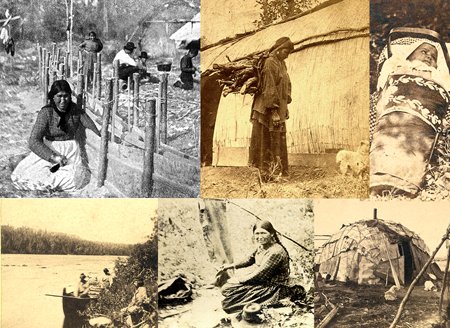Pioneer and Historical Collections
 The Michigan Pioneer and Historical Collections (MPHC) are an
important but often overlooked Native American resource. Produced from
materials presented at the annual meetings of the Michigan Pioneer and
Historical Society, the collections contain a high
quantity of primary resources and historical papers concerning many
aspects of Michigan's past.
The Michigan Pioneer and Historical Collections (MPHC) are an
important but often overlooked Native American resource. Produced from
materials presented at the annual meetings of the Michigan Pioneer and
Historical Society, the collections contain a high
quantity of primary resources and historical papers concerning many
aspects of Michigan's past.
The MPHC consists of forty 600 to 700 page volumes. Each volume includes letters, speeches, memorial reports, private and professional papers of individuals, as well as personal remembrances and historical essays. The bulk of these materials span a period of roughly two hundred years, from 1650 to 1850. However, these dates are not entirely inclusive. For example, the collections contain essays written about Michigan's ancient burial mounds as well as documents from the civil war era. It is also important to note that while most of the MPHC concerns the events and people of Michigan's past, materials pertaining to other parts of the mid-west are included as well.
The job of annotating the collections was very large. Choosing selectively, we focused on those entries that dealt directly with Native Americans, discussed them at any length, or were deemed particularly relevant to scholarship. These were given precedence over entries that marginalize Indians or only mention them in passing.